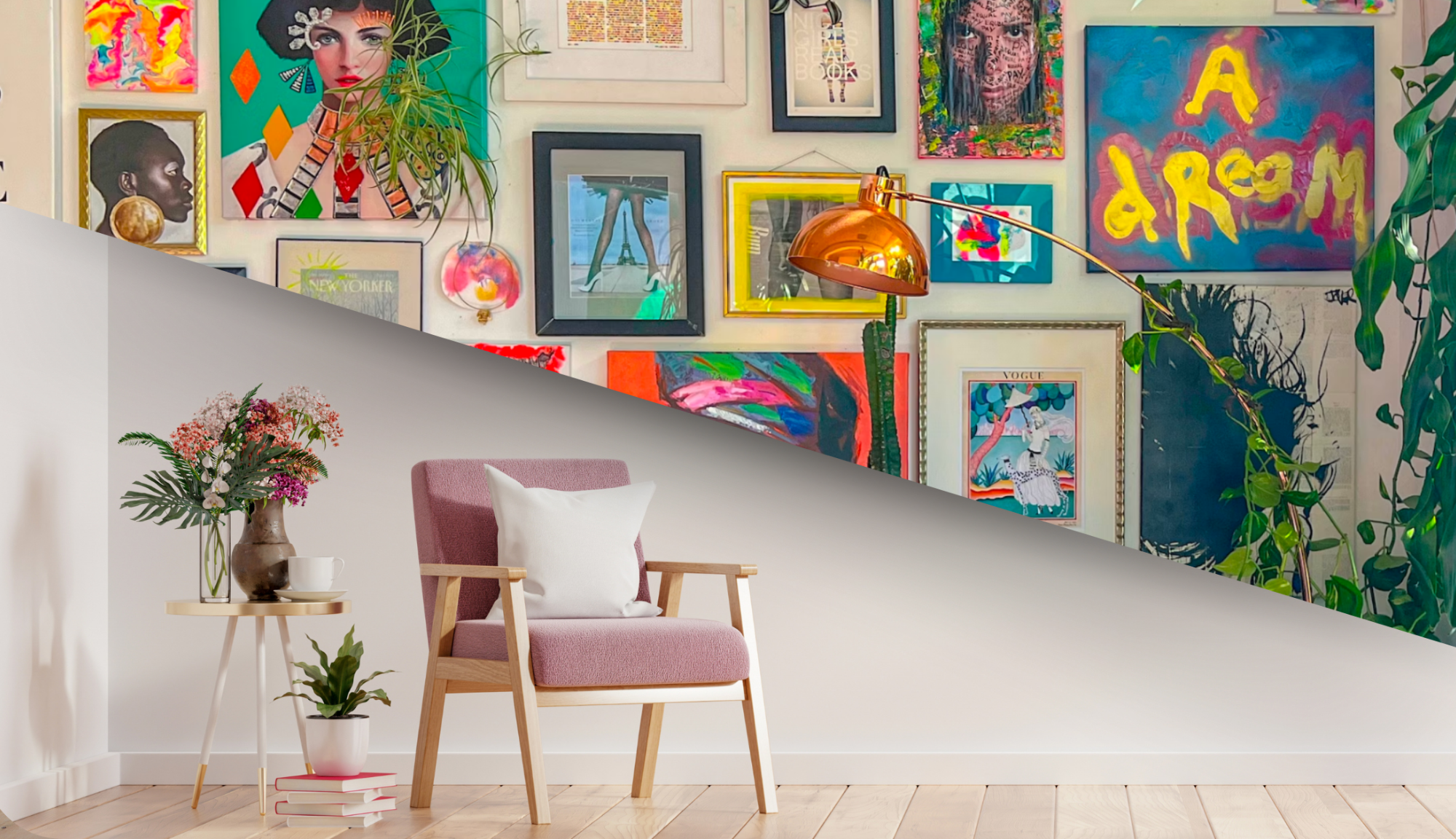TL;DR
- The art world ranges from the serene simplicity of minimalism to the expressive intensity of maximalism, showcasing two strikingly different creative philosophies.
- The debate between minimalism and maximalism is one of the most fascinating in art history.
- Minimalism and maximalism represent two contrasting visual arts approaches that focus on clarity, restraint, form, detail, luxury, and expressive abundance.
- Influential maximalist artists and the minimalism art movement both shaped contemporary trends.
- Understanding these contrasts helps us appreciate the full spectrum of creative expression in the visual arts.
Table of Contents
- What Is Minimalism in Visual Arts?
- How Did Minimalism Challenge Traditional Art Forms?
- Most Famous Examples of Minimalist Art
- What Is Maximalism: The Art of Abundance?
- How Did Maximalism Emerge as an Art Movement?
- Who Are the Most Famous Maximalist Artists?
- What Are the Most Iconic Examples of Maximalist Art?
- How Do Minimalism vs Maximalism Compare in Art?
- Can You Combine Minimalism and Maximalism in Art?
- How Do Minimalism and Maximalism Impact Contemporary Art and Design?
- What Are the Future Trends in Minimalism vs Maximalism?
- Conclusion
- FAQs
What Is Minimalism in Visual Arts?
Minimalism in the visual arts, often referred to as the Minimalist art movement, emerged in the United States during the late 1950s and 1960s, marking a defining moment in both the visual arts and music. This movement was known for its simple forms and straightforward, objective approach. It represented the culmination of modern art’s reductionist tendencies, with its origins harking back to Russian painter Kasimir Malevich‘s 1913 composition featuring a black square on a white canvas.
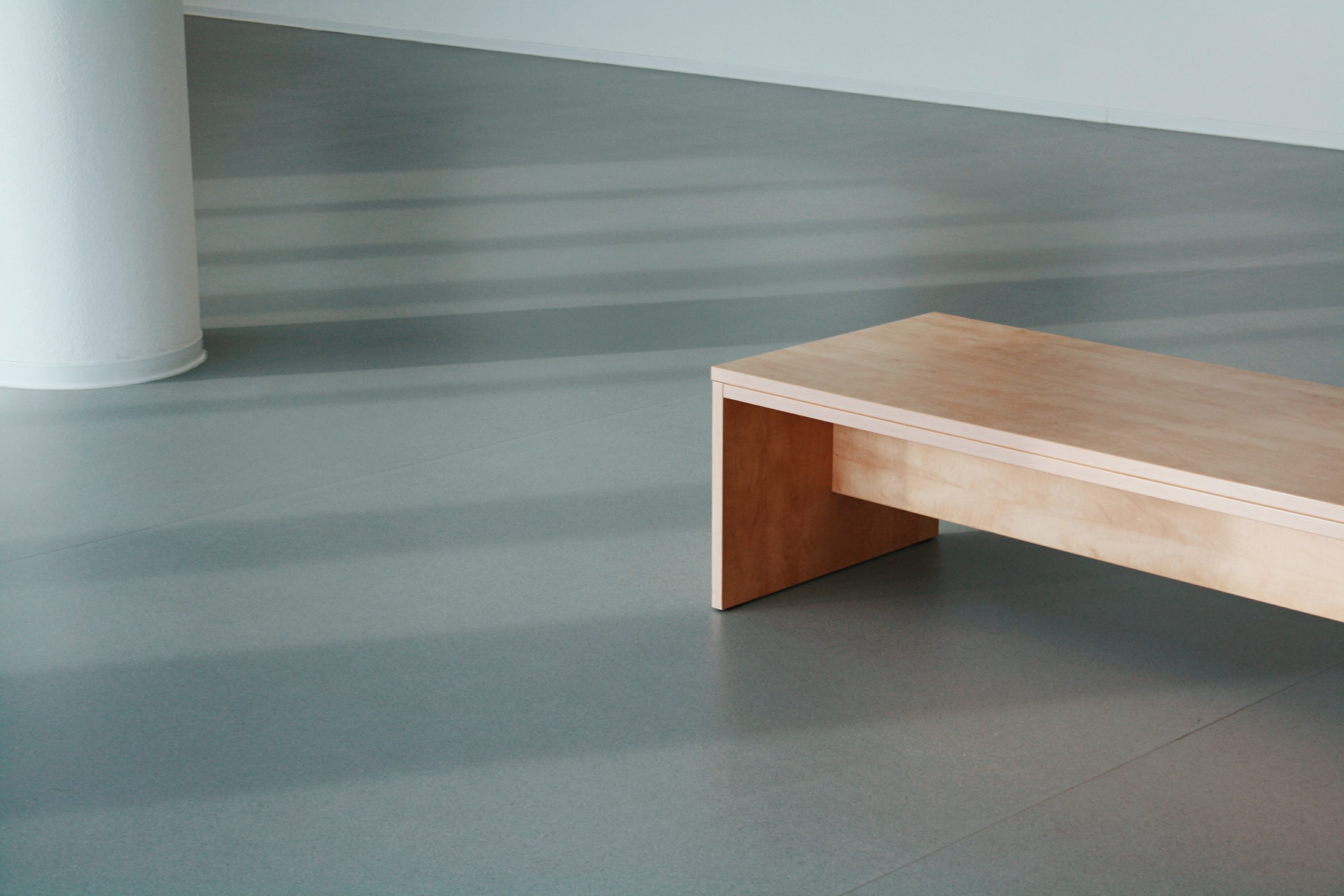
The minimalism art movement emphasised material properties and authentic artistic expression, diverging from the abstract and often emotional expressions of the preceding Abstract Expressionism movement. Minimalist artists such as Donald Judd, Carl Andre, Dan Flavin, Tony Smith, Anthony Caro, Sol LeWitt, and Richard Serra became known for their geometric precision and focus on objectivity. Their works weren’t depictions of reality but explorations of structure, scale, and perception.
A defining feature of the minimalism art movement was the use of industrial materials – steel, concrete, fluorescent light – transforming everyday elements into art. This marked a sharp break from traditional artistic materials and highlighted the importance of material presence over symbolic meaning. Minimalist works often invite viewers to engage deeply, encouraging reflection on how space, light, and perspective shape visual experience.
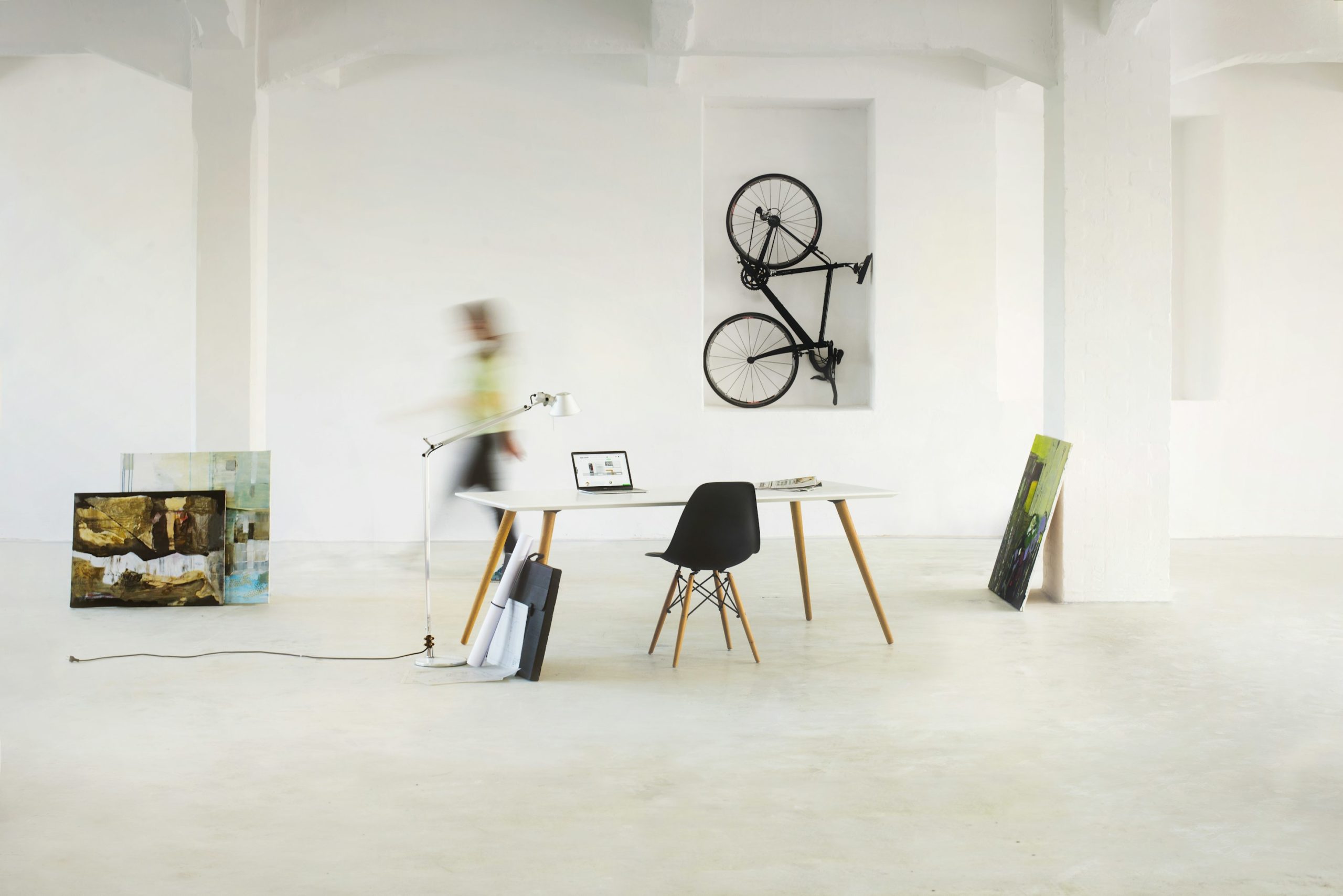
How Did Minimalism Challenge Traditional Art Forms?
As seen in the works of artists like Frank Stella, minimalism radically challenged traditional boundaries between painting and sculpture. By rejecting ornate detail and emotional excess, minimalist art redefined what counted as “art” – emphasising form, material, and space over representation. This approach directly disputed modernist ideas, particularly those of the Abstract Expressionists, who viewed painting and sculpture as distinct and expressive media.
The minimalist philosophy also shaped architecture and design, influencing movements that would later be contrasted with maximalism for their opposing aesthetic values. Famous examples of minimalist art show how simplicity and restraint can evoke a profound visual and emotional response.
Large-scale installations, such as Richard Serra’s “One Ton Prop” (House of Cards), exemplified this daring approach. Though simple in appearance, such works carried a physical intensity that challenged viewers to confront balance, gravity, and risk.
Ultimately, the minimalism art movement represented a turning point in modern art – shifting focus from personal expression to pure experience. Its influence extends well beyond the visual arts, shaping contemporary design, architecture, and even the way we understand space and simplicity today.
For more insights into how artistic movements reshape modern culture, explore The Street Art Movement: From Urban Walls to Art Galleries – a look at how new forms of expression continue to redefine creativity.
Most Famous Examples of Minimalist Art
Understanding minimalism as a visual art concept is valuable, but exploring how this style manifests in real-world artworks provides deeper insight and creative inspiration.
Donald Judd’s Sculptural Works
Donald Judd’s sculptures are iconic examples of famous minimalism art. Using industrial materials and clean geometric forms, his installations emphasise space, balance, and objectivity. Judd’s works invite viewers to experience the purity of form and the subtle interplay of light and shadow, demonstrating how minimalism creates profoundly impactful visual experiences. You can explore his work at the Judd Foundation and see his pieces at Dia: Beacon.
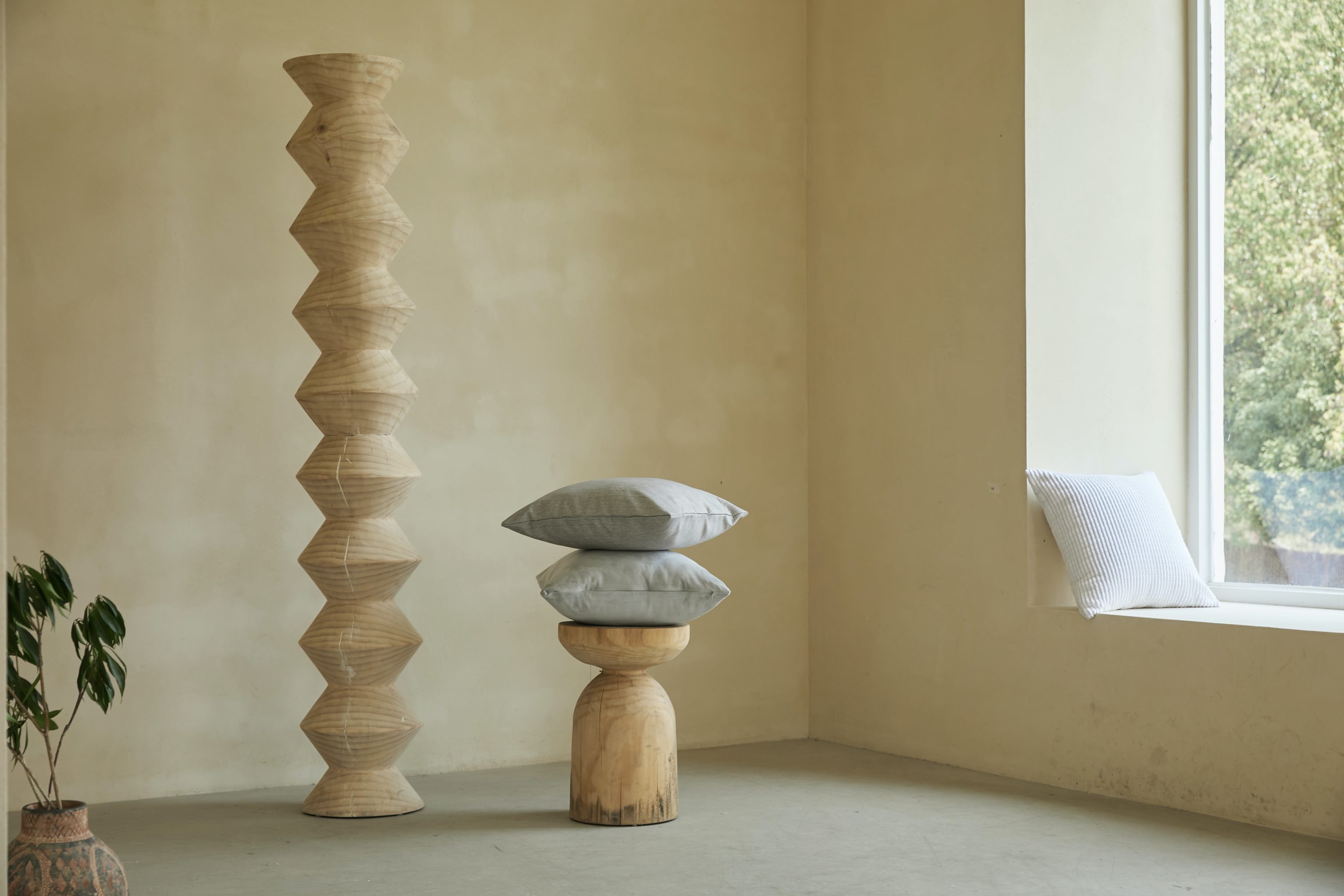
Agnes Martin’s Grid Paintings
Agnes Martin’s serene grid paintings embody the minimalism visual arts ethos. Her work, defined by soft, muted tones and precise geometric patterns, creates meditative spaces where subtlety and repetition evoke deep emotion. These examples of minimalism art showcase how restraint can produce powerful aesthetic experiences. Her works can be viewed at the Guggenheim Museum and Tate Modern.
Further Exploration: For those keen to explore minimalism in the visual arts, the Tate Museum offers a rich collection of visual examples, highlighting how these works have shaped broader art movements. The Museum of Modern Art (MoMA) also provides comprehensive resources on minimalist art and artists.
Minimalism marked a significant departure from previous artistic conventions. It focused on simplicity, materiality, and direct engagement with the viewer. This creative movement had a widespread impact, not just in the visual arts but also in shaping design and architecture and influencing the overall cultural context.
What Is Maximalism: The Art of Abundance?
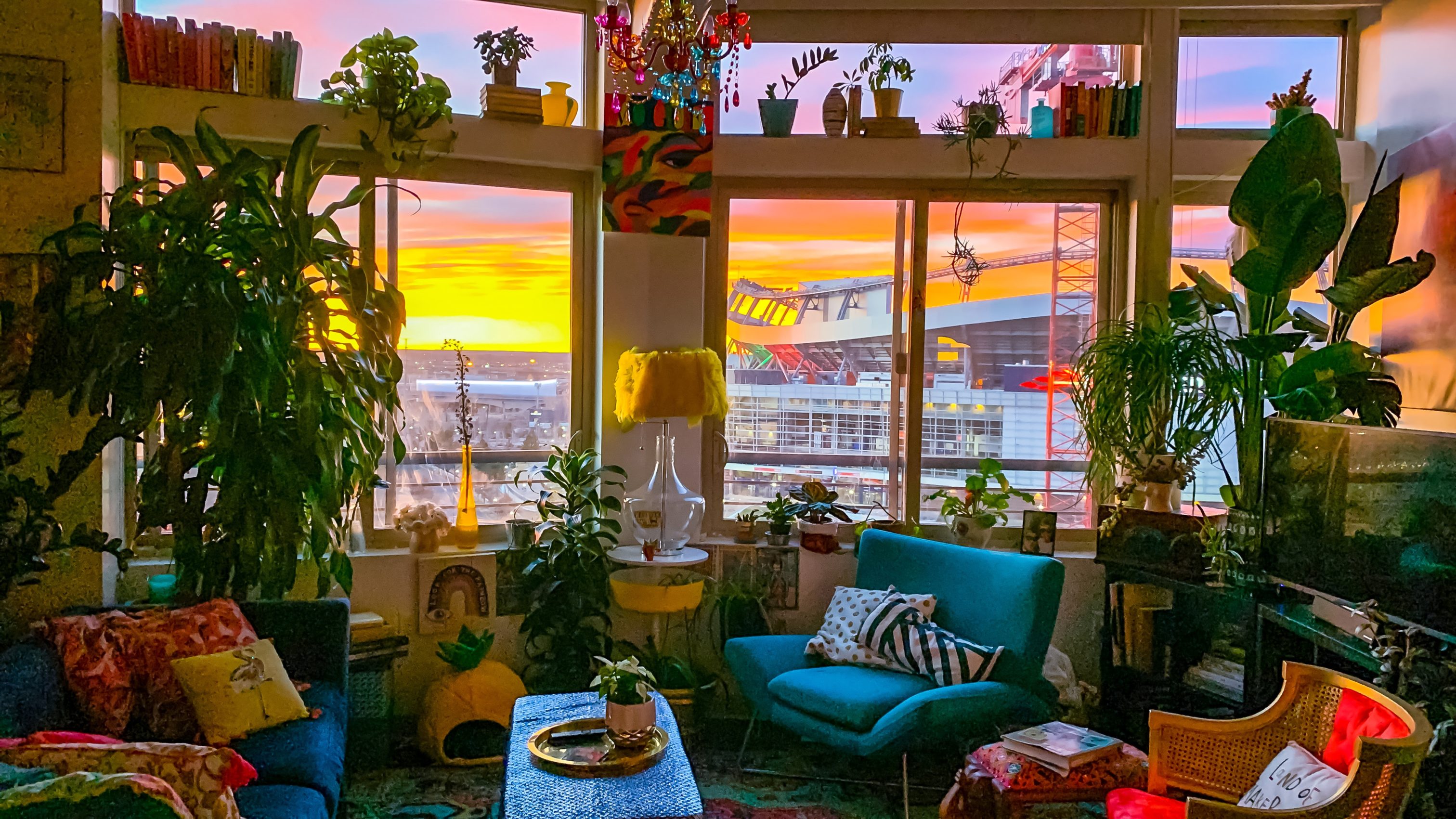
Maximalist art, as an art movement, stood in sharp contrast to minimalism visual arts, embracing a philosophy of “More is more.” The maximalism movement began in America and parts of Europe, with artists using various media, such as oil on canvas, paints, inks, and prints on fabric, often employing multiple materials simultaneously.
Both movements represent pivotal moments in art history, showcasing the spectrum of creative expression – from serene simplicity to abundant detail.
While minimalism embraces clarity, clean lines, and the beauty of reduction, maximalism celebrates excess through vibrant colours, layered textures, and intricate patterns. Maximalist art seeks to captivate and overwhelm the senses, creating immersive, emotionally charged experiences. In contrast to minimalism’s invitation to contemplation and stillness through reduction and balance, maximalism represents exuberant complexity.
How Did Maximalism Emerge as an Art Movement?
The roots of maximalist art can be traced back to the early 20th century, emerging as a reaction to the restraint of minimalism visual arts and the simplicity of modernism. Key figures in this artistic movement were Jackson Pollock, celebrated for his dynamic action painting technique, and Yayoi Kusama, distinguished for her distinctive use of patterns and repetition in her artworks.
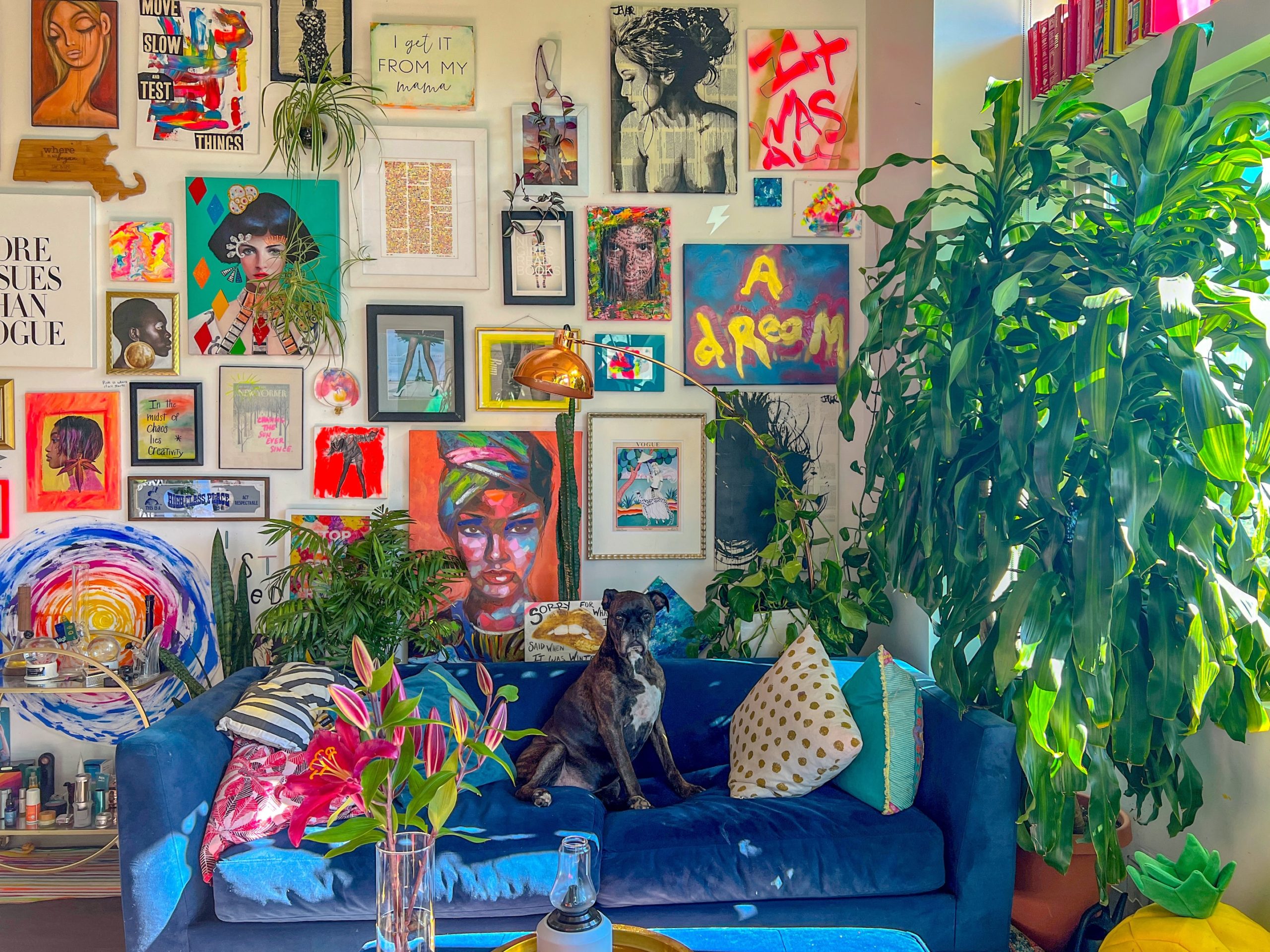
Maximalism in art was part of the broader postmodern movement, which rejected rigid values and rules, celebrated imprecision, embraced diversity, and blurred the lines between reality and fantasy. Maximalist art isn’t merely about excess – it’s a celebration of abundance, complexity, and creative freedom. Characterised by bold colours, intricate details, and grand compositions, maximalism offers a powerful approach to visual expression that stands in deliberate contrast to minimalist restraint.
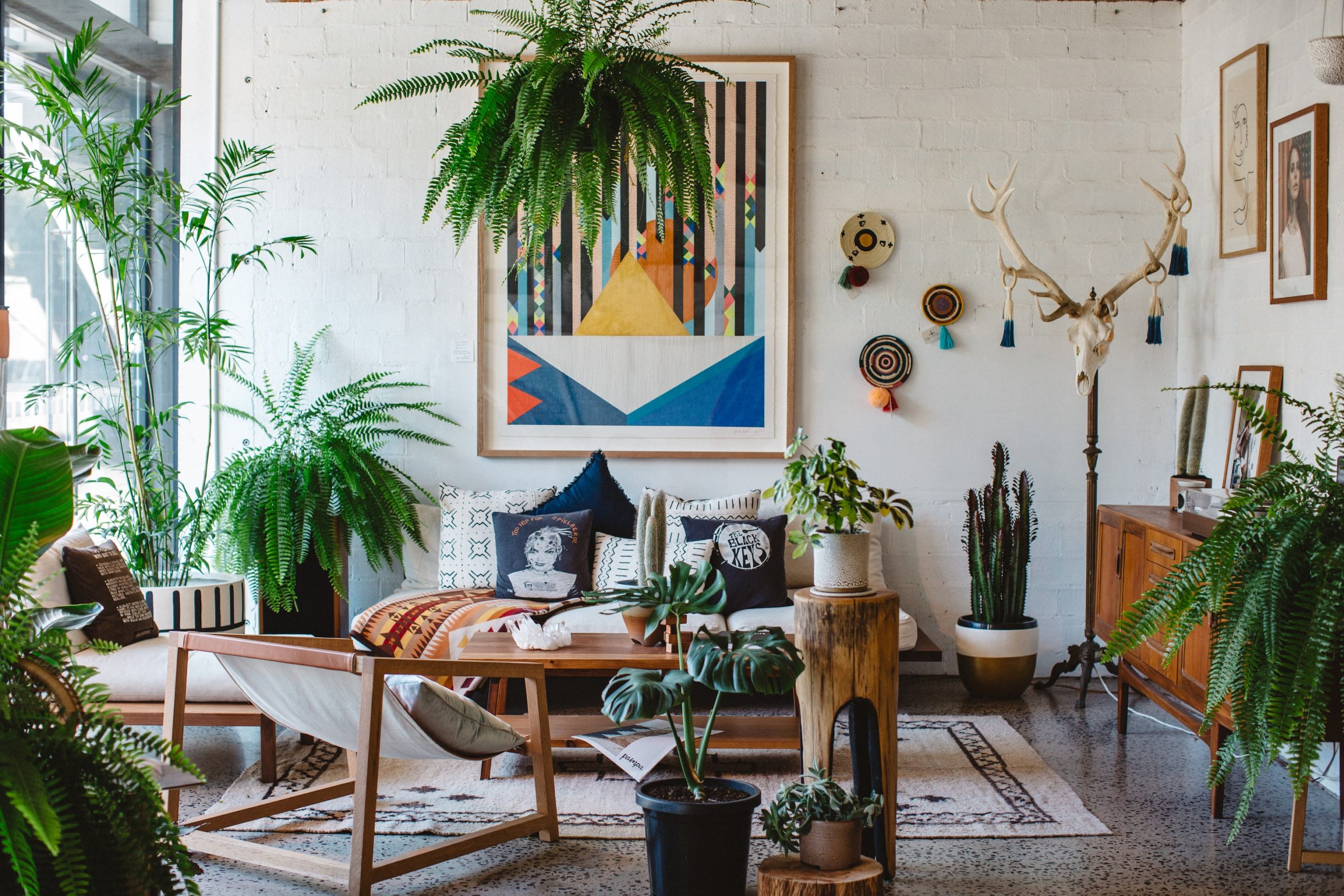
Who Are the Most Famous Maximalist Artists?
Notable maximalist artists have created defining works that showcase how boundless imagination and expansive creativity can be expressed through intricate detail and bold expression:
- Gustav Klimt – “The Tree of Life”
- Yayoi Kusama – Infinity Mirrored Room series
- Jean-Michel Basquiat – “Untitled”
- Jackson Pollock – “Autumn Rhythm”
- Frank Stella – “Jarama II”
- Takashi Murakami – Superflat
- Anselm Kiefer – “The Orders of the Night”
These maximalist artists and their works serve as defining examples of maximalist art, demonstrating the movement’s celebration of visual abundance and complexity.
What Are the Most Iconic Examples of Maximalist Art?
Gustav Klimt’s Ornate Masterpieces
Gustav Klimt is synonymous with maximalist art. His paintings, such as “The Tree of Life“, are renowned for their lavish detail, bold colour schemes, and intricate patterns. Klimt’s work exemplifies how maximalist art can create a rich tapestry of visual storytelling that engages the viewer on multiple levels, representing some of the most famous examples of maximalist art. His masterpieces can be viewed at the Belvedere Museum in Vienna.
Yayoi Kusama’s Infinity Mirror Rooms
Yayoi Kusama‘s immersive installations are a modern testament to maximalist art design. Her use of repetitive patterns, dazzling colours, and reflective surfaces transforms gallery spaces into surreal, boundless experiences. Kusama’s work challenges viewers to lose themselves in a world of visual complexity, demonstrating maximalism at its most immersive extremes. Experience her work at the Kusama Museum in Tokyo or through touring exhibitions at major museums worldwide.
How Do Minimalism vs Maximalism Compare in Art?
Minimalist visual arts and maximalist art represent contrasting approaches that enrich the creative landscape with their distinct philosophies and aesthetics.
Minimalism distils art’s essential qualities, prioritising restraint and subtlety, while maximalism amplifies them, celebrating abundance. This approach emphasises using either a minimal number of elements and colours or an abundance of them to convey a message, creating an aura of either simplicity and clarity or richness and complexity.
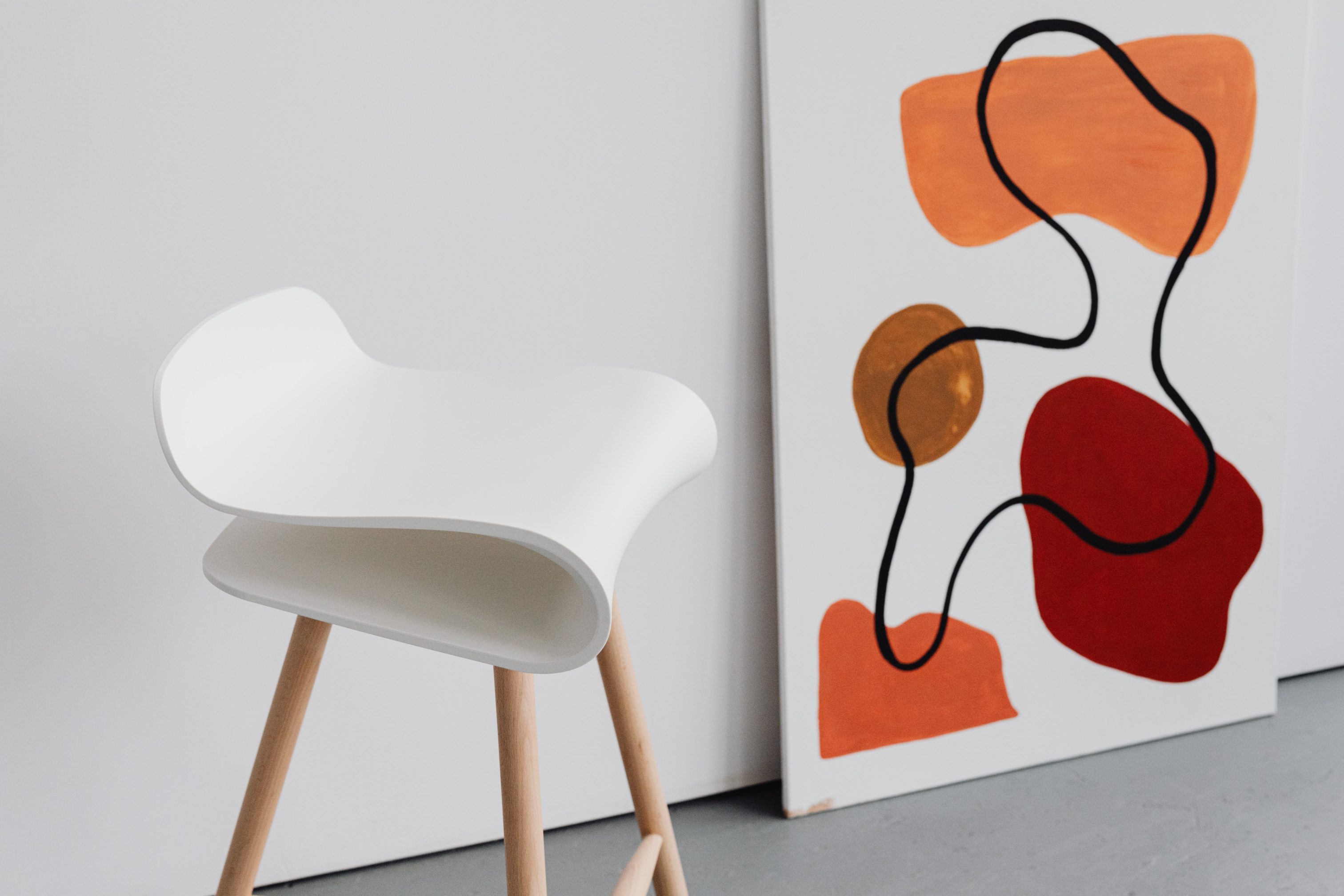
Visual Characteristics
Minimalist paintings often rely on a limited colour palette, favouring neutrals and muted tones to create harmony and serenity. Examples of minimalism art are particularly evident in areas where clarity is essential, such as digital user interfaces, editorial design, branding, and architectural styles.
Maximalist art design embraces bold, vibrant hues, intricate typography, layered imagery, and dynamic layouts that create a sense of visual abundance. While minimalism invites calm and focus, maximalism aims for sensory richness and expressive depth.
Applications Across Creative Fields
Both styles are visible across various platforms, such as visual arts, motion arts, fashion, literature, and architecture. Minimalist and maximalist art design represent two ends of the creative spectrum. Minimalism relies on muted restraint, clean lines, and limited colour palettes to create balance and clarity. Together, they showcase how design can communicate powerfully through both simplicity and complexity.
While minimalism and maximalism appear to be opposites, both play substantial roles in various creative fields, offering diverse techniques for artists and designers to express their visions and engage their audiences. The decision to use either style hinges on factors such as the purpose of the project, audience preferences, the distinct identity of the brand or message, and considerations of budget, resources, and the desired impact.
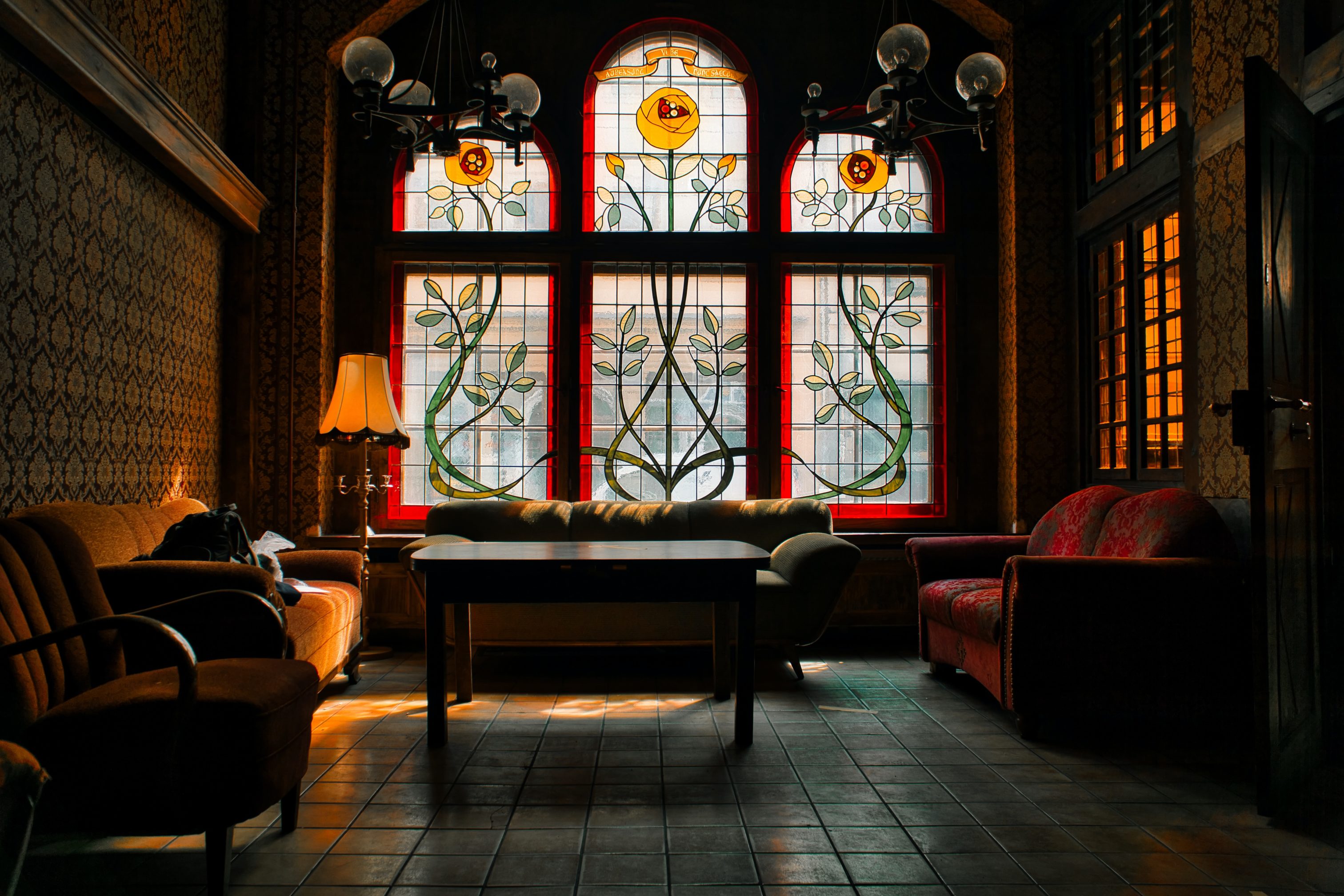
Can You Combine Minimalism and Maximalism in Art?
Digital Interfaces and User Experience
Many successful digital applications combine minimalism and maximalism design principles with contrasting visual elements. A clean, uncluttered interface ensures functionality and ease of use, while maximalist graphics and animations add flair and engagement. This hybrid approach has become a staple in modern web and app design, showing how minimalism and maximalism can work together seamlessly. Designers exploring these contrasting aesthetics often find inspiration in this balance. Resources like Nielsen Norman Group and Smashing Magazine offer excellent insights into these design principles.
Interior Design Innovations
Contemporary interior design often reflects the dialogue between minimalism and maximalism art styles. A space might feature minimalistic paintings with sleek, simple lines paired with a maximalist accent wall or statement piece. This blending of styles creates environments that are both calming and stimulating, balancing practicality with personality. Architectural Digest and Dezeen showcase numerous examples of this design fusion.
How Do Minimalism and Maximalism Impact Contemporary Art and Design?
In Architecture and Interior Design
The principles of minimalism and maximalism in art have transcended the canvas to influence architecture and interior design. Minimalist architecture in the visual arts focuses on open spaces, abundant natural light, and functional design, resulting in serene environments that evoke clarity and calm. Notable examples include work by architects like Tadao Ando and John Pawson. In contrast, maximalist art interiors often feature bold decor choices, eclectic furnishings, and a rich layering of textures and colours that reflect a vibrant, personalised style.
This duality is evident in modern design trends. Large-scale minimalist paintings can embody both minimalism and maximalism art design principles, serving as striking focal points that either bring tranquillity to a room or energise it with layered complexity. For more inspiration on how these styles transform spaces, explore our interior design guides. Many urban apartments now blend minimalism and maximalism, structural and decorative elements, creating a unique interplay that satisfies both the need for order and the desire for visual stimulation.
In Marketing and Branding
Minimalism and maximalism aesthetics play a crucial role in marketing. Minimalist visual arts designs focus on clarity and simplicity, making brand messaging easy to digest, while maximalist visuals create bold, attention-grabbing campaigns. Striking the right balance between these styles helps brands stand out while maintaining a clear and compelling identity. Examples can be found in case studies from design agencies like Pentagram and IDEO.
Bridging Artistic Expression and Practical Application
As society evolves, the conversation between minimalism and maximalism art extends beyond art galleries and design studios into fashion, music, literature, and urban planning. Minimalist visual arts in architecture promote sustainable and functional spaces, while maximalist cityscapes highlight cultural diversity with bold, eclectic designs. In branding, minimalist paintings create instant recognition, whereas maximalist campaigns immerse audiences through layered storytelling.
What Are the Future Trends in Minimalism vs Maximalism?
Looking ahead, the interplay between minimalism and maximalism in art is poised to drive future innovations in art and design. As technology advances, new tools and media are emerging that allow artists to push the boundaries of these traditional aesthetics. Organisations like the MIT Media Lab and Google Arts & Culture are exploring how digital technologies can enhance artistic expression.
Sustainability and Ethical Considerations
In an era where sustainability and ethical design are becoming increasingly important, minimalism and maximalism in art are evolving to meet these challenges. The minimalist design’s emphasis on “less is more” naturally aligns with sustainable practices, encouraging the efficient use of resources and waste reduction. Meanwhile, maximalist art is also adapting – using recycled materials, sustainable production methods, and ethical sourcing practices to create visually rich works that do not compromise environmental values. Resources like the Sustainable Art Network and Art & Climate Change provide valuable information on these evolving practices.
To learn more about sustainable art practices, explore Sustainability in Art: Crafting with Eco-friendly Materials.
The Ongoing Dialogue: Art as a Synthesis of Extremes
The future of art lies in the continuous dialogue between opposing forces. The synthesis of minimalism and maximalism art – combining the precision and clarity of the former with the exuberance and detail of the latter – promises to create new languages of visual expression. As artists and designers continue to explore this interplay, we can expect to see innovative hybrid forms that challenge traditional boundaries and offer fresh perspectives on what art can be.
For artists interested in showcasing and selling their work, our Sell Your Art Online guide offers practical steps for listing both minimalism and maximalism art pieces. With Cosimo, you gain access to tools for pricing guidance, global exposure, and personalised support to maximise your artwork’s reach and impact.
Conclusion
Minimalism and maximalism visual arts are more than opposing styles – they represent a dynamic interplay between restraint and abundance, shaping creative expression across disciplines. This guide has examined the precision and simplicity of minimalism in visual arts alongside the bold, expressive storytelling of maximalist art, highlighting their historical development, key techniques, and applications in real-world creative projects.
Understanding the core principles of minimalism and maximalism helps us better appreciate how examples from each movement create impact, showcasing their unique qualities across different spaces and contexts. By exploring minimalism and maximalism aesthetics, creators can experiment with innovative hybrid forms across architecture, digital media, fashion, and beyond.
Whether drawn to the simplicity of minimalist paintings or the intricate detail of maximalist artists, engaging with both the minimalism and maximalism visual arts movements can inspire fresh, compelling compositions. The minimalism and maximalism art movements continue to shape contemporary creative expression, showing that both restraint and abundance hold a vital place in the art world.
For artists looking to showcase their minimalism and maximalism art, exploring how to Sell Your Art Online for Free in 2025 can be a great way to connect with collectors who appreciate both artistic styles.
Which style resonates with you more? Share your thoughts in the comments.
Summary
- Minimalism and maximalism: two contrasting approaches representing simplicity versus abundance, restraint versus bold expression, negative space versus layered detail, clarity versus emotional impact.
- Both movements have shaped visual arts, architecture, design, and branding.
- Minimalism thrives in sustainability and clarity-focused applications (UI, interiors).
- Maximalism thrives in immersive, expressive, and decorative fields.
- Many contemporary artists blend both, proving they’re not opposites but complementary extremes.
- Future trends show a growing interest in hybrid styles and sustainable practices across both movements.
FAQs
FAQs
Minimalism and maximalism in art represent two contrasting philosophies. Minimalist visual arts focus on simplicity, clean lines, limited colour palettes, and the effective use of negative space. In contrast, maximalist art embraces complexity, vibrant colours, intricate patterns, and layered compositions to create a visually rich experience.
The minimalism and maximalism art movements emerged at different times, but both shaped modern art significantly. The minimalism art movement emerged in the mid-20th century as a response to the excesses of Abstract Expressionism, promoting reduction and clarity. Maximalist art evolved as a counter-movement, drawing inspiration from earlier decorative traditions and the postmodern emphasis on emotional expressiveness and eclectic design.
Yes, many contemporary artists blend minimalism and maximalism compositions to create dynamic, balanced works that harness the strengths of both aesthetics. This hybrid approach allows for expression that is both precise and richly textured.
Minimalism and maximalism techniques differ dramatically.
Minimalist Techniques: Focus on negative space, use a limited colour palette, emphasise geometric forms, and ensure every element serves a clear purpose in minimalist paintings.
Maximalist Techniques: Experiment with layered textures, incorporate a wide range of colours, mix different media, and embrace complexity in your maximalist art design.
Examples of minimalism art: Donald Judd‘s geometric sculptures and Agnes Martin’s grid paintings exemplify the power of simplicity and precision in famous minimalism art.
Maximalist art: Gustav Klimt‘s ornate paintings and Yayoi Kusama‘s immersive installations demonstrate how maximalist artists use abundance and intricate detail to create powerful emotional narratives.

